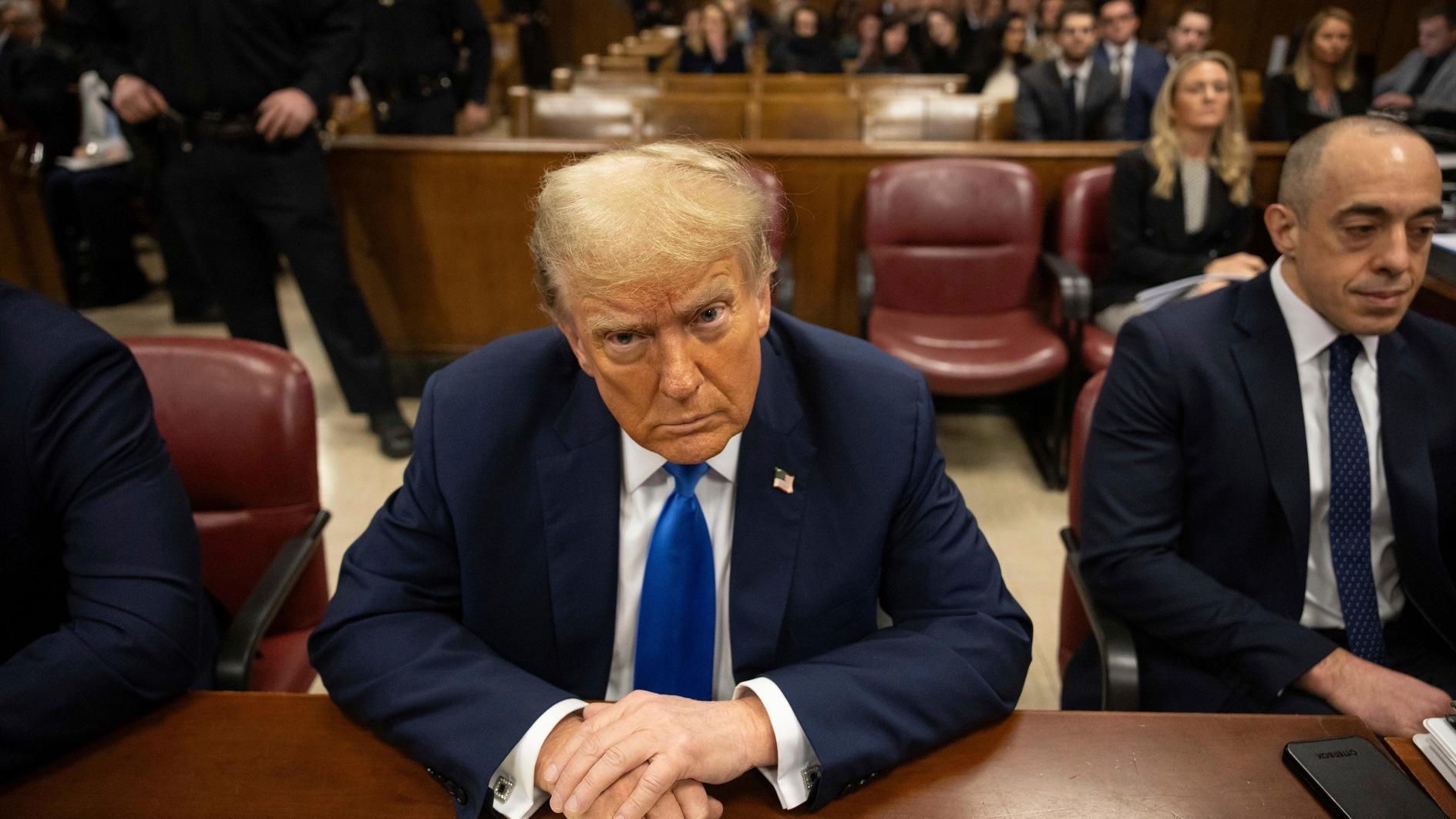Third indictment in Dink case reveals horrific facts
The third indictment written concerning the assassination of Turkish-Armenian journalist Hrant Dink on Jan. 19, 2007, has revealed horrendous facts.
One of the gendarmerie officers in charge of monitoring murderer Ogün Samast was Cpt. Muharrem Demirkale. It has been found out, according to the indictment, that Demirkale spoke seven times on the phone one day before and one day after the murder with former prosecutor Zekeriya Öz, a Fethullahist Terrorist Organization (FETÖ) member.
Gendarmerie officers who were monitoring Samast at the time of the killing recorded his movements with physical monitoring cameras before the murder, during the murder and while running away after the murder.
In the prosecutor’s indictment, it is also explained that there was an attempt to create the perception that ultranationalists were behind the Dink murder so that the groundwork could be prepared for Ergenekon operations and legal procedures to come later.
It is not a secret anyway that the Fethullahist gang was involved in the Dink murder.
Journalist Nedim Şener’s book, “Dink Murder and Intelligence Lies,” which was printed just two years after the murder, reveals the existence of these links.
As a matter of fact, the attempt to associate Şener with the Ergenekon case through Odatv case coincides with the time after the publishing of this book.
The government of the time, in those years, was marching toward “the same destination,” in their own terms. For this reason, despite all the objections and columns we have written, it prevented the conducting of a healthy investigation about the incident.
The investigation of security officials who were obviously involved in the incident was not allowed. Could it be that this investigation was not permitted at that time because of the concern that honest police officers who did not have any association with the Fethullahist network could have disclosed this entire business?
Frankly, if an investigation had been conducted at that time, again in the hands of Fethullahist prosecutors and judges, everything would have been covered up because a climate suitable for this had been created.
It looks as if the deeper the FETÖ investigations get, the more we will learn about what was left in the dark. Criminals will face their penalties sooner or later.
The people responsible who have overlooked the committing of these crimes will be go down in history as they deserve.
PACE monitoring procedure
The government reaction to the Parliamentarian Assembly of Council of Europe (PACE) decision to re-monitor Turkey after 13 years was as expected.
An adviser to the president, Bülent Gedikli, said this was a “political operation with no justification and meaning.” The Foreign Ministry criticized the decision as “Islamophobic and xenophobic.”
These kinds of reactions might be good for creating an “anti-Europeanism” in domestic politics, but it does not change the situation Turkey has fallen into.
As a matter of fact, publicly fighting Europe plays into the hands of racists in Europe and actually facilitates the work of terror organizations we are domestically fighting.
The only way to fight this decision is to put Turkey back on the path of democratization. Any other thing than this will not change the picture.
We should focus on the fact that while we were under monitoring after 1996, this monitoring was lifted in 2004.
Turkey needs Europe, and Europe needs a democratic Turkey in this region.
With the constitutional changes approved in the recent referendum, Turkey has bid farewell to the separation of powers. Power has been centralized; the judiciary and the legislative have come under the control of the executive. Such a country is not expected to democratize.
Unfortunately, there is no suitable political will around to effect a constitutional change to re-establish the separation of powers.
For this reason, it does not appear possible in the foreseeable future for Turkey to be released from this PACE monitoring procedure.











